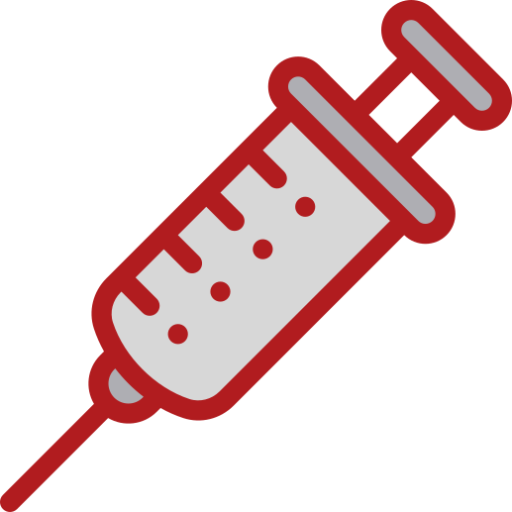
Our multidisciplinary team of biologists, pharmacists and hairdressers, with extensive experience in the field of Hair Cosmetics carry out studies to evaluate the effectiveness of active ingredients and finished products
SENSORY EVALUATION
Sensory evaluation studies are used to measure, analyse and interpret different properties of products which are perceived though the senses.
To select participants in studies of effectiveness, Zurko-CTC possesses an extensive database with more than 2000 volunteers classified according to their hair characteristics and various problems:
Hair of all origins: Mediterranean, Nordic, Afro, Asian, Brazilian, etc.
Hair of different characteristics: straight, thick, bleached, etc.
Different scalp disorders to assess treatment products
Determination together with the customer of the inclusion and exclusion criteria for the volunteers
Regular monitoring of volunteers throughout the experiment.
After the first uses of the product, a control is carried out in order to detect any problems or undesirable reactions.Zurko

Volunteers are selected in accordance with the aims of the study.
Zurko-CTC’s facilities include insulated booths for assessing products. Assessment booths feature controlled light, temperature and humidity conditions to ensure optimum working conditions.
Recruitment according to the requirements of the project.
Panelists in reserve in case of dismissal or abandonment.
Selection based on the inclusion / exclusion criteria established with the client.
Signature of consent, written instructions and delivery of the product to be applied.
Regular follow-up during the trial through messaging, SMS, random visits, phone calls.
Evaluation controls.
Monitoring and control to identify possible problems or reactions.
TECHNIQUES
Half Tests
Strands of human hair
Quantitative descriptive studies carried out by a panel of experts
Salon test, carried out by hairdressers
Consumer test
Affective or preference test
USES
As a complement to instrumental methods: the correlation between physical-chemical parameters and sensory responses
Effectiveness of active substances
Effectiveness of preparations: conditioners (with and without rinsing), masks, serum, volumisers, fixers, re-structuring, etc.
Modification of formulations
Development of new products
Marketing arguments and claims
Cost optimisation
Tests of stability over time
Quality control
Check on competition







 |
| 


